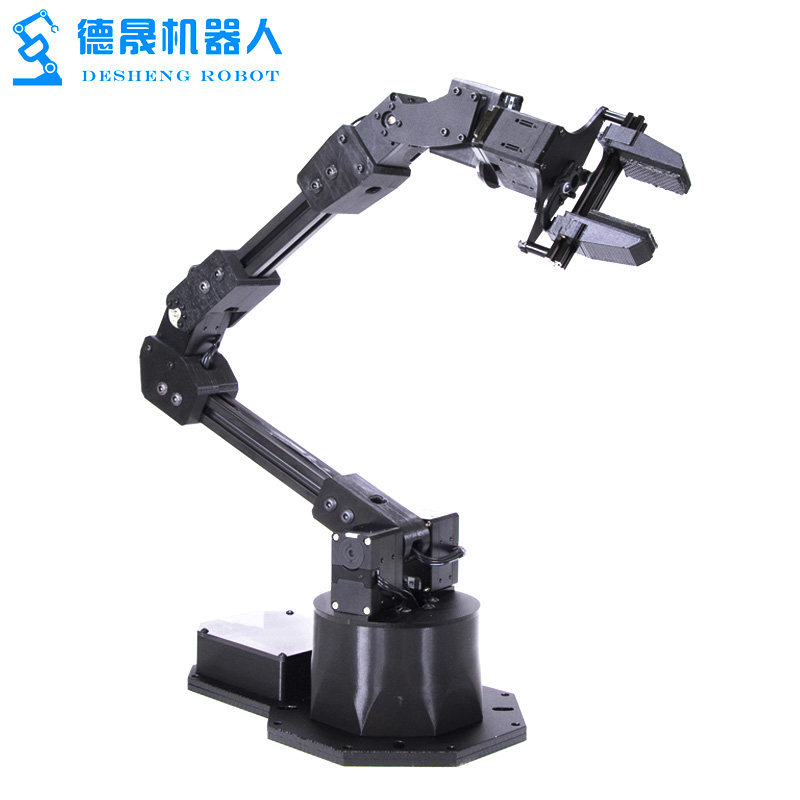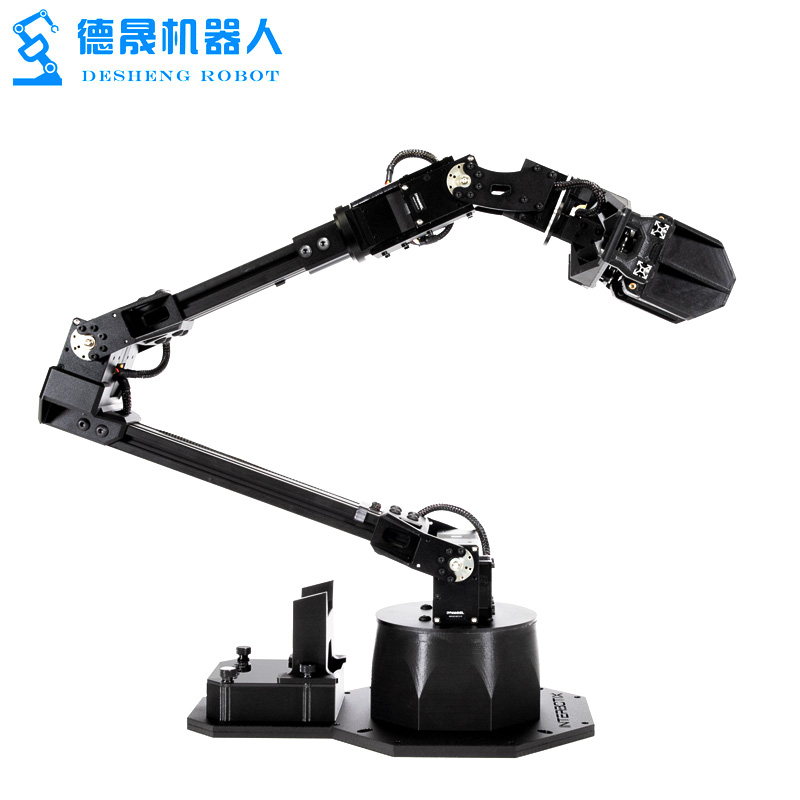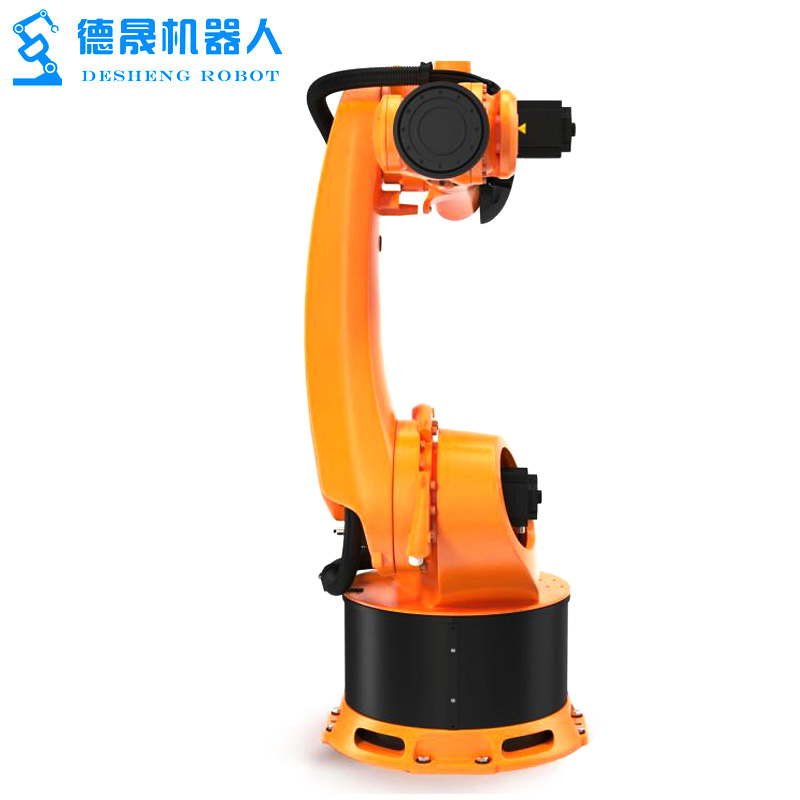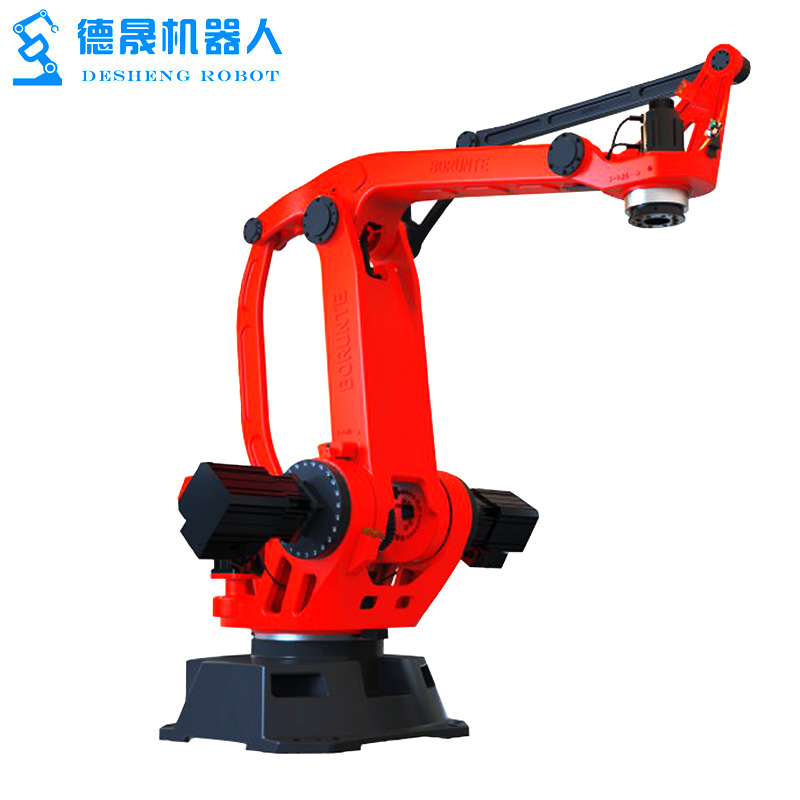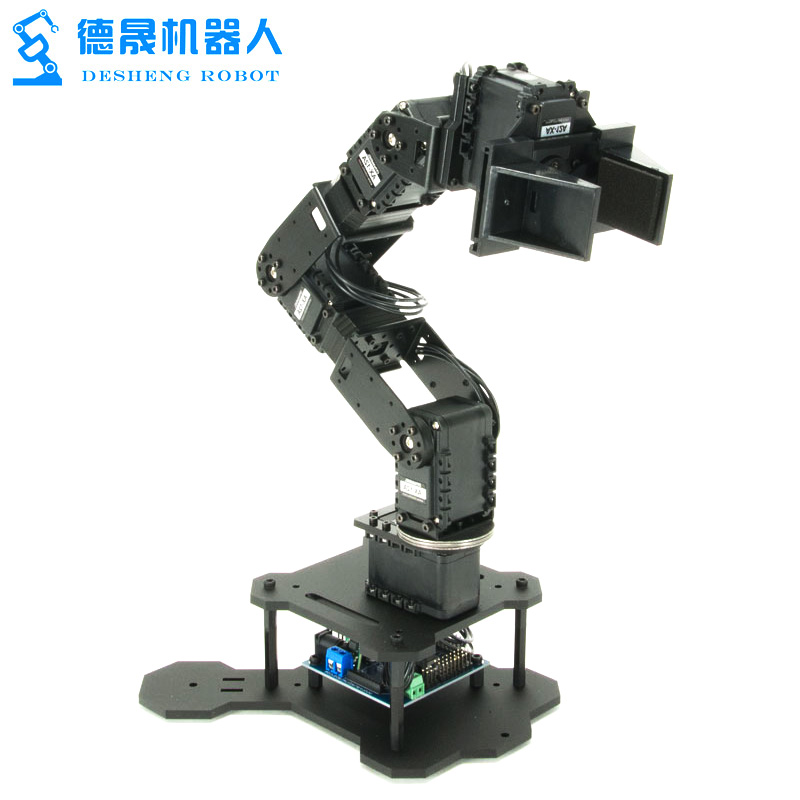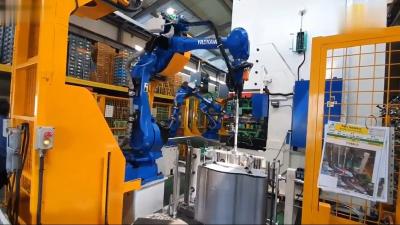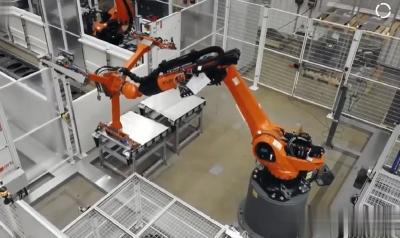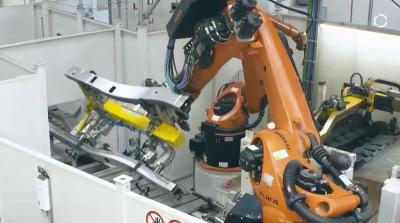Autonomous Robots In Industry 4.0
Advantages of Autonomous Robots In Industry 4.0:
1,Increased efficiency: Autonomous robots can operate continuously without the need for breaks or rest, leading to increased productivity and efficiency in industrial processes. They can perform repetitive tasks with high precision and accuracy, reducing the occurrence of errors and improving overall process efficiency.
2,Enhanced safety: Autonomous robots can work in hazardous or dangerous environments, removing the risks and potential harm to human workers. They can handle tasks involving heavy lifting, working with toxic substances, or operating in conditions that may be harmful to humans, thus ensuring a safer work environment.
3,Flexibility and adaptability: Autonomous robots can be programmed and reprogrammed to perform a wide range of tasks, making them versatile and adaptable to changing production needs. They can easily switch between different tasks and operations, saving time and resources in reconfiguring or retooling processes. This flexibility is particularly valuable in agile manufacturing environments where quick adaptation to market demands is crucial.
Autonomous Robots In Industry 4.0:
Autonomous robots play a pivotal role in Industry 4.0, revolutionizing the way industries operate. With their increased efficiency and productivity, these robots help businesses achieve operational excellence. In line with this, the market for used Fanuc robots for sale has also seen exponential growth, providing cost-effective solutions for businesses looking to automate their processes.
Additionally, automation robotics engineering has emerged as a crucial field, with professionals specializing in designing and implementing automated systems that optimize productivity and quality. This field ensures the effective integration of autonomous robots within the industrial framework.
Furthermore, gaming enthusiasts have embraced the concept of automation and robotics through games like Factorio Defense Robots. This game allows players to strategize and build defenses using automated robots, highlighting the importance of deploying robotics in a virtual environment.
In conclusion, the rise of autonomous robots in Industry 4.0, the popularity of used Fanuc robots, the growth of automation robotics engineering, and the intersection of robotics in gaming all exemplify the increasing prominence and impact of automation and robotics in diverse sectors.
PARAMETERS:
Model | DS-R6-08 | DS-R6-10 | DS-R6-20 | DS-R6-50 | DS-R6-165 | |
DOF | 6 | |||||
Driving Mode | AC Servo Driving | |||||
Effective Load | 8KG | 10KG | 20KG | 50KG | 165KG | |
RepeatAccuracy | ±0.05mm | |||||
Working radius | 1400mm | 1589mm | 1595mm | 1950mm | 2483mm | |
Weight | 180KG | 180KG | 290KG | 600KG | 1300KG | |
Motion | J1 | ±170 | ±170 | ±170 | ±180 | ±180 |
J2 | ±120~-85 | ±120~-80 | ±132~-95 | ±130~-90 | ±80~60 | |
J3 | ±85~-165 | ±85~-165 | ±73~-163 | ±75~-210 | ±80~-190 | |
J4 | ±180 | ±180 | ±180 | ±360 | ±360 | |
J5 | ±135 | ±135 | ±133 | ±115 | ±115 | |
J6 | ±360 | ±360 | ±360 | ±360 | ±360 | |
Max Speed(°/s) | J1 | 130 | 130 | 147 | 158 | 100 |
J2 | 130 | 130 | 100 | 149 | 90 | |
J3 | 130 | 130 | 135 | 130 | 104 | |
J4 | 270 | 270 | 300 | 215 | 144 | |
J5 | 170 | 170 | 198 | 251 | 160 | |
J6 | 455 | 455 | 194 | 365 | 215 | |
Power | 4KVA | 4KVA | 6KVA | 14KVA | 31KVA | |
Voltage | 380V or 220V | |||||
Frequency | 50Hz or 60Hz | |||||
DIMENSIONAL DRAWINGS:
ROBOT CONTROLSYSTEM:
APPLICATIONS:
1,Manufacturing and assembly: Autonomous robots are extensively used in manufacturing and assembly lines to perform repetitive tasks with precision and consistency. They can efficiently handle tasks such as material handling, pick and place operations, welding, and painting. This automation increases production speed, reduces errors, and allows for greater scalability.
2,Warehousing and logistics: Autonomous robots play a crucial role in streamlining warehouse operations and logistics processes. They can autonomously navigate through warehouse aisles, fetch and transport goods, and organize inventory. By automating these tasks, companies can optimize storage space, reduce labor costs, and enhance order fulfillment speed.
3,Quality control and inspection: Autonomous robots equipped with advanced sensors and computer vision technologies are deployed for quality control and inspection tasks. These robots can quickly and accurately identify defects, anomalies, or inconsistencies in products or components. This ensures that only high-quality items reach the market, minimizing waste and improving customer satisfaction.
FEATURES:
1,Adaptability: Autonomous robots in Industry 4.0 are designed to be highly adaptive to dynamic environments and changing production requirements. They can learn and adjust their actions based on real-time data and feedback, allowing for efficient and flexible responses to varying conditions. This adaptability enables seamless integration into complex and evolving industrial systems.
2,Connectivity and collaboration: Autonomous robots in Industry 4.0 are usually equipped with connectivity features, enabling them to communicate and collaborate with other robots, machines, and systems. They can exchange data, share information, and coordinate actions, leading to improved coordination, synchronization, and overall system efficiency. This interconnectedness creates a collaborative ecosystem of machines working towards common goals.
3,Autonomy and decision-making: As their name suggests, autonomous robots are capable of operating without constant human intervention. They are equipped with advanced sensors, algorithms, and AI capabilities, allowing them to perceive their environment, make decisions, and execute tasks independently. This autonomy enables them to adapt to unforeseen situations, optimize their actions, and perform complex tasks with minimal human involvement.
OUR SERVICE:
PACKAGE AND SHIPPING:
CERTIFICATIONS:
COOPERRATION PARTNER:
EXHIBITION:
MORE PRODUCTS:
CONTACT US:


